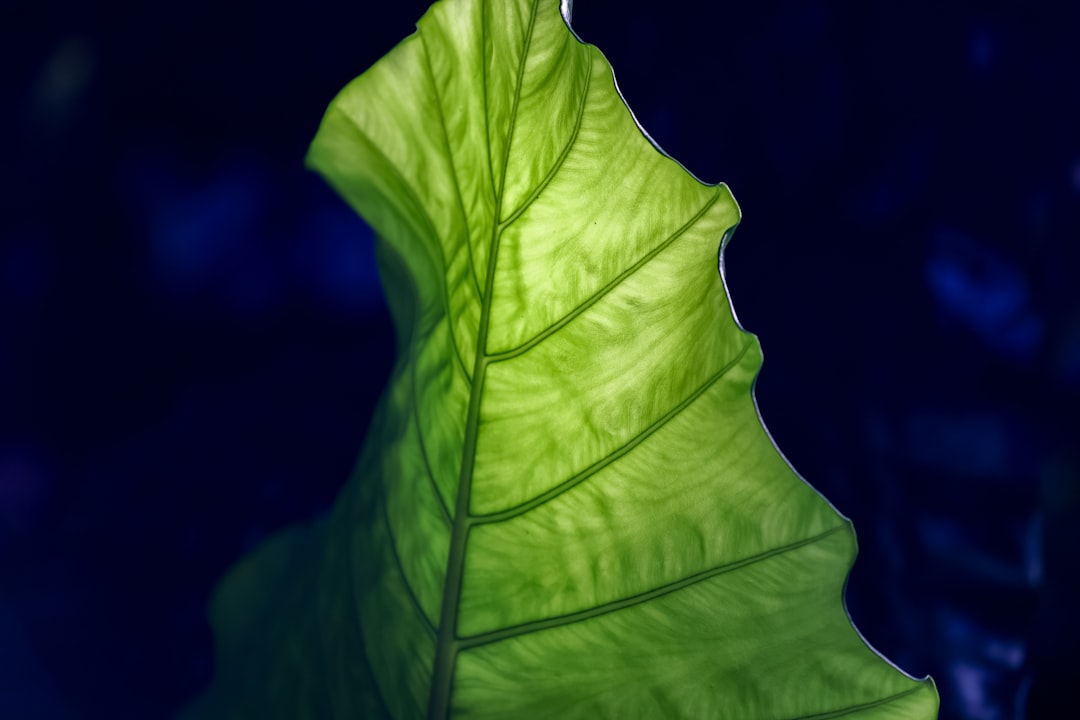Secrets to Keeping Your Indoor Greenery Thriving in Winter

As the cold winter months approach, many plant enthusiasts worry about the well - being of their beloved houseplants. However, with just a few simple changes in your care routine, you can ensure that your houseplants not only survive but thrive during the frosty season. Let's delve into the details of how to create a cozy winter haven for your indoor jungle.
One of the first aspects to consider is light. During winter, the days are shorter, and the sunlight is weaker. Most houseplants, which are accustomed to more sunlight during the warmer months, may struggle to get enough light. You need to relocate your plants to areas where they can receive the maximum amount of natural light. South - facing windows are often the best choice as they get the most sunlight throughout the day. If natural light is limited, you can also invest in artificial grow lights. LED grow lights are energy - efficient and can provide the full spectrum of light that plants need for photosynthesis. Place the lights about 6 - 12 inches above the plants and keep them on for 12 - 16 hours a day to mimic natural daylight conditions.
Temperature is another crucial factor. Houseplants generally prefer a stable temperature environment. Avoid placing your plants near drafty windows, doors, or heating vents. Cold drafts can cause the leaves to turn yellow and drop off, while sudden blasts of hot air from heating vents can dry out the plants. The ideal temperature range for most common houseplants is between 60 - 75°F (15 - 24°C). If your home gets particularly cold at night, you can consider using a small space heater in the room where your plants are located, but make sure to keep a safe distance to prevent overheating.
Humidity levels also play a vital role in the health of your houseplants during winter. The air in heated homes tends to be very dry, which can be detrimental to plants. You can increase humidity in several ways. One simple method is to group your plants together. As plants transpire, they release moisture into the air, and grouping them can create a more humid micro - environment. Another option is to use a humidifier. A cool - mist humidifier is a great choice as it can add moisture to the air without raising the temperature. You can also place a tray filled with water and pebbles beneath your plant pots. As the water evaporates, it increases the humidity around the plants.
Watering is perhaps the most delicate aspect of winter plant care. Many people make the mistake of over - watering their plants during winter. With reduced light and lower temperatures, plants grow more slowly and require less water. Before watering, always check the soil moisture. Stick your finger about an inch into the soil. If it feels dry, it's time to water. However, if it's still moist, hold off on watering. When you do water, use lukewarm water. Cold water can shock the plant's roots. Water the soil directly, avoiding getting water on the leaves as this can lead to fungal diseases in the cooler, more humid winter environment.
Fertilizing is also different in winter. Since plants are in a slower growth phase, they don't need as much fertilizer. You can reduce the frequency of fertilizing to once every two to three months or even stop fertilizing altogether. If you do choose to fertilize, use a diluted, balanced fertilizer. This will provide the necessary nutrients without over - stimulating the plant's growth, which could be harmful in the low - light and low - temperature conditions of winter.
Pest control is an ongoing concern, even in winter. Although the cold outside may keep many pests at bay, the warm and dry environment inside your home can attract certain pests such as spider mites, aphids, and whiteflies. Regularly inspect your plants for signs of pests, such as webbing, small insects, or yellowing leaves. If you detect pests, you can use natural remedies like neem oil or insecticidal soap. These are less harmful to the environment and your plants compared to chemical pesticides. Wipe the leaves with a damp cloth to remove any pests or dust, which can also improve the plant's ability to absorb light.
In conclusion, with a little extra attention and some simple adjustments to your care routine, your houseplants can winter well. By providing the right amount of light, temperature, humidity, water, fertilizer, and pest control, you can enjoy a lush and vibrant indoor jungle even when the snow is flying outside. So, don't let the winter blues get you down. Instead, focus on nurturing your houseplants and watching them thrive in the comfort of your home.